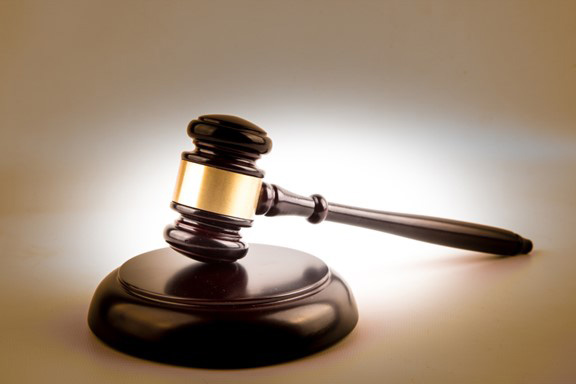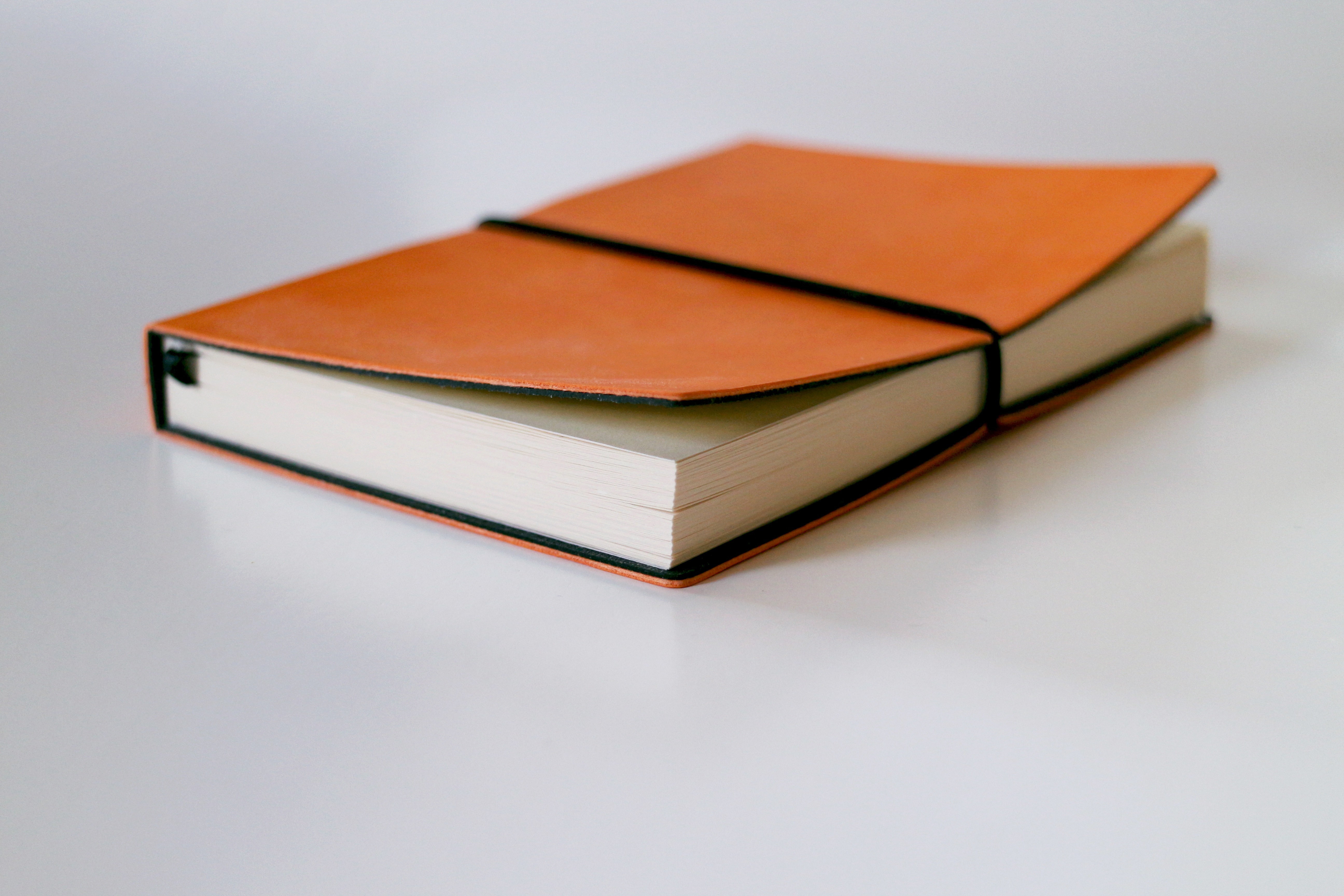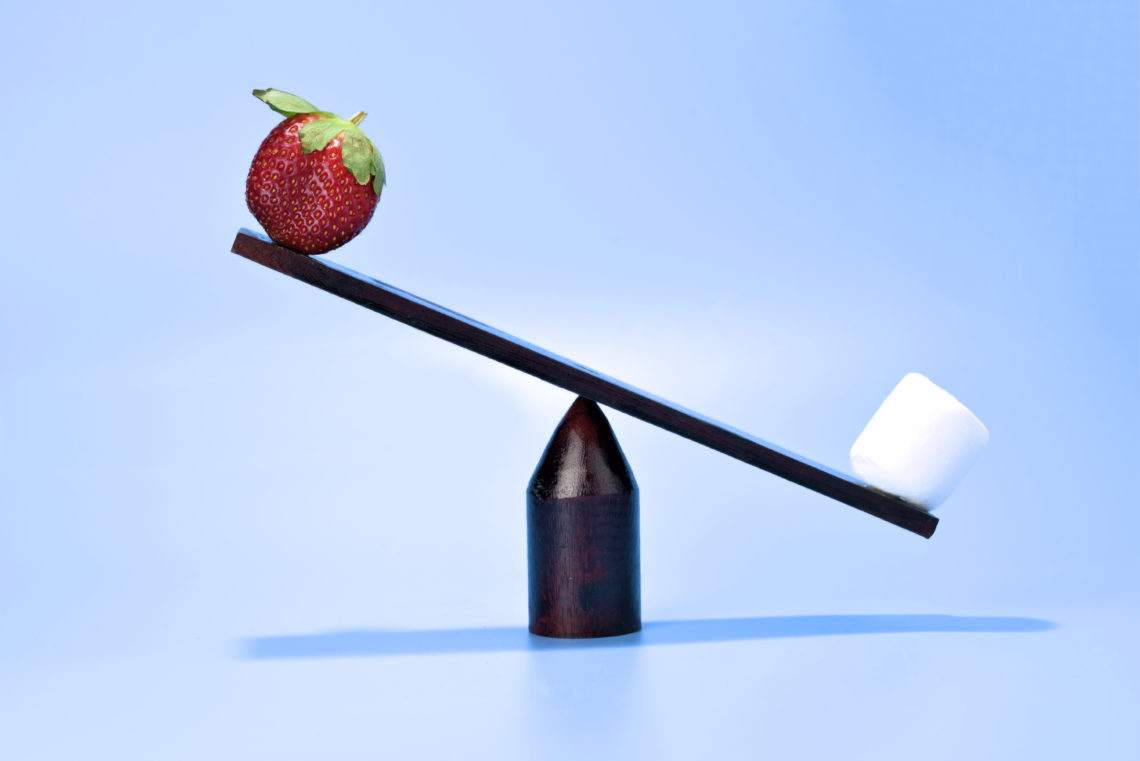Each year, China’s Supreme People’s Court (SPC) issues its annual “Judgment Digests”, which includes a list of “48 typical cases” highlighting representative SPC decisions in the previous year. The Judgment Digests help us understand more about the SPC’s judicial ideology, trial concepts, and adjudication methods in dealing with difficult and sophisticated legal issues as well as new types of IP cases in high tech fields. Despite the fact that SPC judgments are not precedentially binding on lower courts, they are still very persuasive and provide insights into the types of decisions that are considered “model decisions” by the SPC. This case was one of the 48 “typical” cases and deals…
- 48 Typical Cases, Biotech, China, China Patent Office, CNIPA, Court Cases, Inventions, Judgement Digests, Patent Law, Pharma
-
First Ever Successful Invalidation Challenge Due to Unauthorized Foreign Filing
What does an invention “completed” in China mean? China and the US are similar in that both countries highly value national security, and thus have rules regulating the exportation of technology and information from within their borders. This includes new inventions that arise from within their respective borders. As such, both governments require inventors who create IP within their borders to obtain approval by requesting a foreign filing license (or “confidentiality examination request“ in Chinese) before they can file a patent application in a foreign jurisdiction first (i.e., “export” the “technology”). In China, “inventions or utility models, of which the substantive content of the technical solution is completed within the…
- China, Court Cases, Courts, Drafting, Inventions, Patent Law, Patent Re-examination Board, Quality, Supreme People's Court
Chinese Courts Cares More About Patent Quality Now (A Doctrine of Equivalents Story)
There is no doubt that the drafting quality of a patent can be crucial in determining the success (or failure!) of the patent during litigation. However, due to various reasons, patents often fail to use the right drafting strategies that best protect the invention. Too often, inexperienced or unsophisticated patent drafters merely listen to an inventor and literally describe the features of an invention. Worst yet, some inventors try to draft their own application, making the similar mistake of describing an invention too specifically and narrowly, leaving plenty of “design-around” space. Even though a patent may grant, the protection scope for that invention is weak, at best, and may even…





